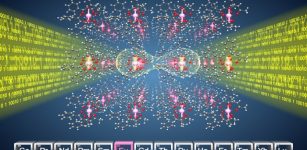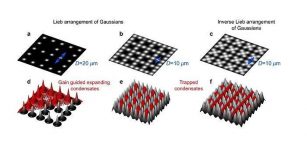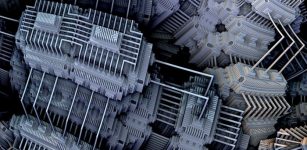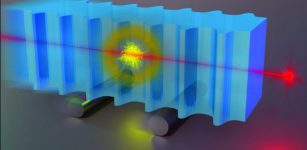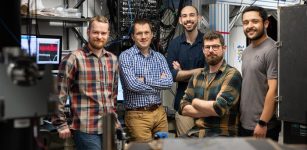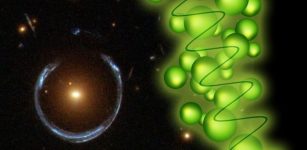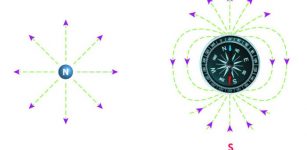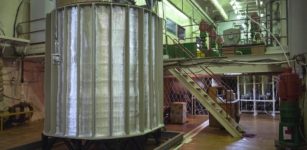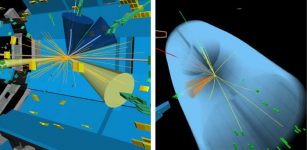Experiment Captures Falling Atoms To Detect Dark Energy’s Gravitational Effects
Eddie Gonzales Jr. – MessageToEagle.com – Quantum computers could revolutionize computing by solving complex problems far faster than classical computers.

A diagram of an electron-on-solid-neon quantum bit. Credit: Wei Guo
However, to build an effective quantum computer, you need a reliable qubit to maintain a simultaneous 0 or 1 state for an adequate coherence time.
A study in Physical Review Letters, led by FAMU-FSU College of Engineering Professor Wei Guo, provides new insights into electron-on-solid-neon qubits.
This research explores the quantum state of electrons trapped on solid neon surfaces, potentially advancing the development of this innovative technology.
Guo’s team discovered that small bumps on solid neon surfaces can naturally trap electrons, forming ring-shaped quantum states.
The quantum state describes an electron’s properties before measurement, including position and momentum. When bumps reach a specific size, the electron’s transition energy aligns with microwave photon energy, allowing movement between quantum ring states.
This alignment allows for controlled manipulation of the electron, which is needed for quantum computing.
“This work significantly advances our understanding of the electron-trapping mechanism on a promising quantum computing platform,” Guo said. “It not only clarifies puzzling experimental observations, but also delivers crucial insights for the design, optimization and control of electron-on-solid-neon qubits.”
In previous research, Guo and collaboraters demonstrated a solid-state single-electron qubit using electrons trapped on solid neon. Recent studies showed coherence times up to 0. 1 milliseconds, 100 times longer than conventional semiconductor and superconductor-based charge qubits, which typically achieve 1 microsecond.
Coherence time is how long a quantum system maintains superposition—existing in multiple states simultaneously until measured.
This property gives quantum computers their unique capabilities.
The electron-on-solid-neon qubit’s extended coherence time is due to solid neon’s inertness and purity. This system overcomes the liquid surface vibration issue found in electron-on-liquid-helium qubits. This research provides key insights for further optimization of the electron-on-solid-neon qubit.
Optimizing qubits involves creating smooth surfaces on solid neon with strategically placed bumps. Designers aim to minimize natural bumps that attract disruptive electrical charge while intentionally fabricating correctly sized bumps within the microwave resonator to improve electron trapping.
“This research underscores the critical need for further study of how different conditions affect neon qubit manufacturing,” Guo said. “Neon injection temperatures and pressure influence the final qubit product. The more control we have over this process, the more precise we can build, and the closer we move to quantum computing that can solve currently unmanageable calculations.”
Written by Eddie Gonzales Jr. – MessageToEagle.com Staff Writer

